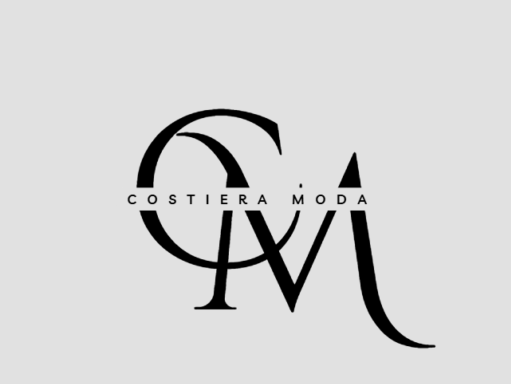The economic risk in Italy significantly stems from high public debt and slow productivity growth. Italy continues to have some of the highest public debt levels in the Eurozone, which presents issues for both economic stability and fiscal sustainability (Acerbi, 2024). The labor market’s vulnerabilities, which impede the creation of jobs and wage growth, worsen this precarious situation (Agovino, 2021). The rising economic policy uncertainty has recently become a crucial factor influencing growth prospects, making Italy’s recovery trajectory more difficult in the face of global volatility (Wilkinson, 2024). Italy has to make structural reforms a top priority to reduce these risks. These reforms should not only address fiscal issues but also promote innovation and competitiveness in a variety of industries.
Italy’s fashion industry is a vibrant blend of innovation and tradition that is ingrained in the country’s culture. The idea of “Made in Italy,” which denotes not just exceptional craftsmanship but also a distinctive stylistic legacy that has developed over centuries, is central to this discussion (Rossi, 2024). This idea goes beyond simple branding; it captures local variation and illustrates the complex interplay between Italian culture and international fashion trends. The continual development of the “Italian style” highlights its adaptability and relevance in modern markets, thereby solidifying its standing as an export of culture (Wilkinson, 2018). Trends suggest that the Italian fashion industry is moving significantly in the direction of sustainability (Paulicelli, 2022). Studies reveal that there is a growing need from consumers for sustainable methods and apparel made ethically.



